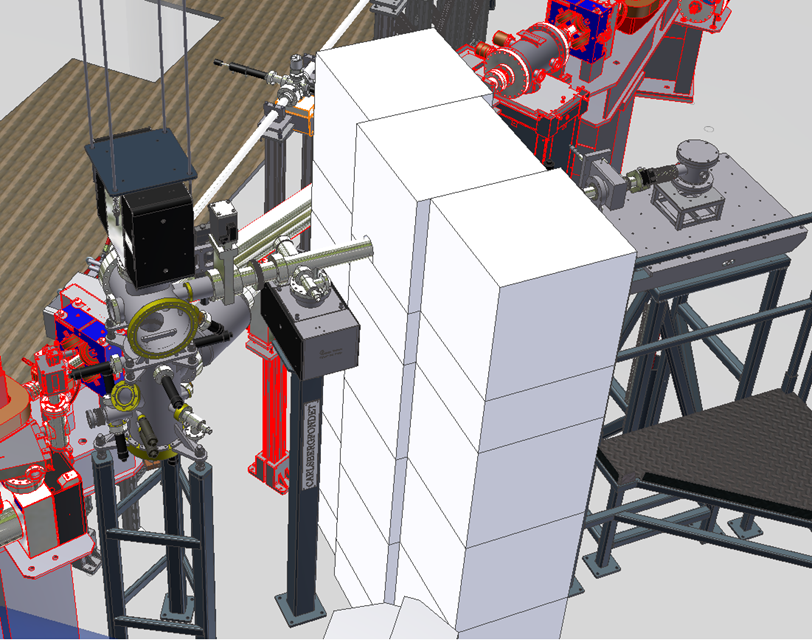The AU-CD beam line on ASTRID2
The AU-CD beam line, dedicated to Synchrotron Radiation Circular Dichroism (SRCD) experiments, was originally commissioned on ASTRID in 2007 (and was then known then as CD1). The ASTRID SRCD facility was originally based on the UV1 beam line on which hosted many other UV and VUV experiments, therefore time for SRCD experiments was limited. The success of the UV1 beam line and SRCD was clear from the number of applications received from scientists worldwide and it was not possible to accommodate everyone who applied. Also, it was difficult to schedule experiments with short notice, where the advantages of this technique of fast data acquisition (approximately 1 hour for a sample) and simple sample preparation, could be exploited to allow immediate characterisation of newly prepared samples. The aim of the CD1 beam line was therefore to establish a dedicated SRCD facility, offering year round access and the possibility for experiments on short notice.
Seven years after the CD1 beam line was commissioned on ASTRID, demand for access to the SRCD facility remains high and despite the process of transferring beam lines to the new ring, ASTRID2, we were able to continue to offer beam time on CD1 on ASTRID until October 2013 and then on the AU-UV beam line on ASTRID2 from February 2014.
The CD1 beam line was removed from ASTRID in April 2014 and, re-christened as the "AU-CD beam line", was attached to ASTRID2, aligned and under vacuum within 4 weeks. Commissioning of the beam line progressed well and was ready for the first users in August 2014.
The AU-CD beam line has not required any major alterations for the transfer to ASTRID2 and performs in the same way as the CD1 beam line, operating in the 110-700 nm wavelength region and optimised for 110-350 nm, which is the biologically most relevant region in SRCD.
The technical details of the beam line can be found on the AU-CD optical specification page.
Synchrotron Radiation Circular Dichroism.
SRCD spectroscopy offers significant improvements to the well-established method of conventional circular dichroism (cCD) spectroscopy. SRCD takes advantage of the high photon flux available from synchrotron sources over a wide range of wavelengths, which results in higher signal-to-noise ratios and also enables the collection of data at lower wavelengths than is possible with cCD spectrometers.
The wavelength range of AU-CD (115 to 350 nm) is a biologically important wavelength region and the high degree of linear polarisation of the radiation and low level of scattered light from AU-CD makes the beam line well suited for Synchrotron Radiation Circular Dichroism (SRCD) spectroscopy of optically active macromolecules.
A description of the SRCD technique can be found here
Contact information:
For further information on and access to the CD1 beamline please contact:
Beamline Scientists and
Last Modified 02 July 2021
